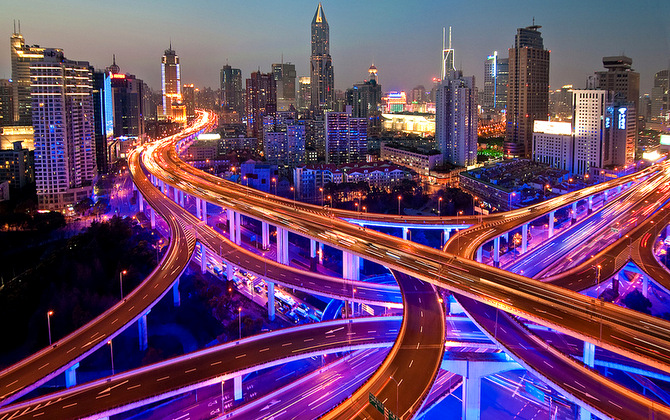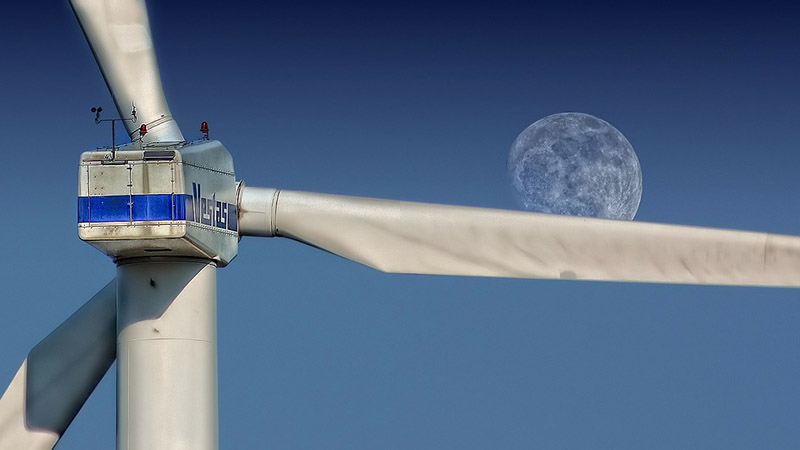

Each city around the globe has a different personality, as any adventurous globe-trotter would tell you. This one may dazzle with its bright lights and modern structures while another may beguile with its rustic views and rich culture. But unless leaders take decisive steps to transform urban transport policies, the world’s cities may soon be marching to the same beat: noise pollution, air pollution, street congestion, and climate/economic impacts due to increasing private motorized vehicle ownership.
Congestion also exacts heavy costs besides dollars and wasted time. In 2009, the WHO reported that road traffic injuries was the leading cause of death among 15 to 29 year olds. Road traffic is also a major contributor to respiratory and cardiovascular diseases. Across the world, surges in mobility and roadway congestion endanger cities’ abilities to sustain long-term economic growth as well as environmental quality and safety.
In response the IEA developed a typology of the four common city transport contexts seen in urban areas around the world. Within the urban land-use and travel framework, the most common city contexts are: developing, sprawling, congested, and multi-modal. The typology serves to better help policy makers identify the transport system needs and issues in their own cities, as well as to determine the right combination of corresponding policies.
Developing Cities
Developing cities face the challenge of increased transport demand and rapid growth rates of private motorized vehicles. As the city is still in the process of allocating resources during its development phase, there are large disparities in access to employment and social services. The same goes for transport and public transit services.
In this context, developing cities are frequently characterized by the following:
- Relatively low traffic densities
- Increasing roadway congestion
- Weak, unregulated, and low quality public transit services
Recommended target policies for developing cities include early intervention efforts to prevent future handicaps. Developing cities could discourage sprawling development and enforce minimum density thresholds to regulate development. They could also implement land-use initiatives to prioritize transit-oriented development in the form of dense urban cores, dedicated spaces for pedestrians and public transit. Along with these policies, developing cities can also discourage private motorization by removing fuels subsidies and enforcing fees for vehicle registration.
Sprawling Cities
Sprawling cities often face local congestion especially during commuting hours because of long distances between destinations. Many sprawling cities may face difficulties in providing cost-effective and efficient public transit services because of the way it is structured. Sprawling cities are characterized by:
- Low traffic densities
- High urban and suburban sprawl which lead to weak urban cores
- Local air pollution
- Road safety
Land-use policies that discourage continued sprawl like unified regional planning guidelines and density credits can help strengthen urban cores in cities under this category. As private motorized vehicles tend to be the primary means of transport in sprawling cities, policies that strengthen existing transport are also crucial. Providing incentives to increase support of alternative technologies for vehicles can also help in improving travel and transport flow.
Congested Cities
Congested cities often struggle with heavy roadway traffic paired with increasing private motorization. Congested cities are characterized by:
- Medium to high densities and strong urban cores
- Almost daily gridlock esp. during peak hours
- Diminishing public transport
- Local air pollution
- Road injuries and travel fatalities
Though congested cities face several major transport challenges, they are often equipped with extensive transit systems and high public transport modal shares in place. City officials should focus on leveraging such infrastructure by improving travel management technologies. Advance traffic signalization and real-time travel information can help in optimizing mobility and system flow. Medium to long term policies such as transport system development and improved land-use transport interface can also guide congested cities to a better path in urban transport. Private vehicle ownership can also be discouraged through tactful policies to stabilize increasing traffic levels in congested cities.
Multi-modal Cities
Multi-modal cities usually have modernized and highly interconnected travel networks which facilitate efficient travel. Multi-modal cities are characterized by:
- High-densities and strong urban cores.
- High public transit and non-motorized transport.
- Dedicated spaces for bus and cycling lanes.
- Mixed land-use development paired with high levels of public transport services.
Travelers in multi-modal cities usually have good access to different and energy efficient modes of transport according to their needs. One telltale sign of a successful multi-modal city is the establishment of public transport terminals such as train or bus stations. Multi-modal cities can maintain and improve their transport systems with the implementation of policies that target efficiency: car-free zones, caps on parking, road pricing schemes, and transit-incentive programs.
According to IEA, which policies to implement depend on both urban context and long-term city transport objectives. By identifying needs and establishing action plans, city officials can then implement, monitor, and evaluate policies to improve energy efficiency in their cities’ unique urban transport systems.



